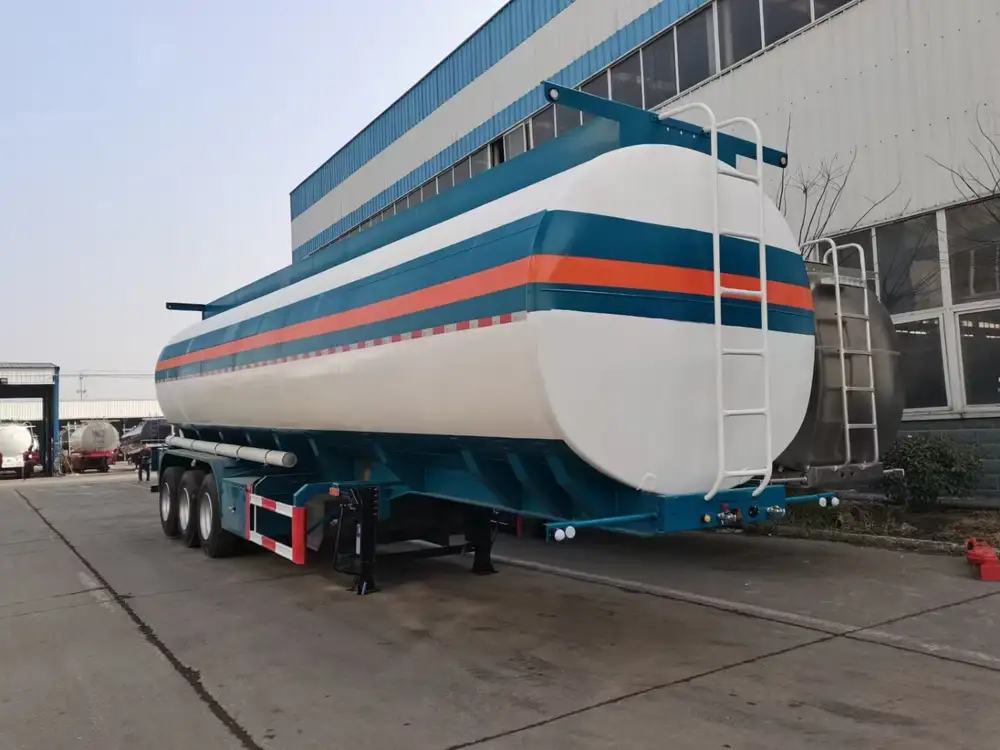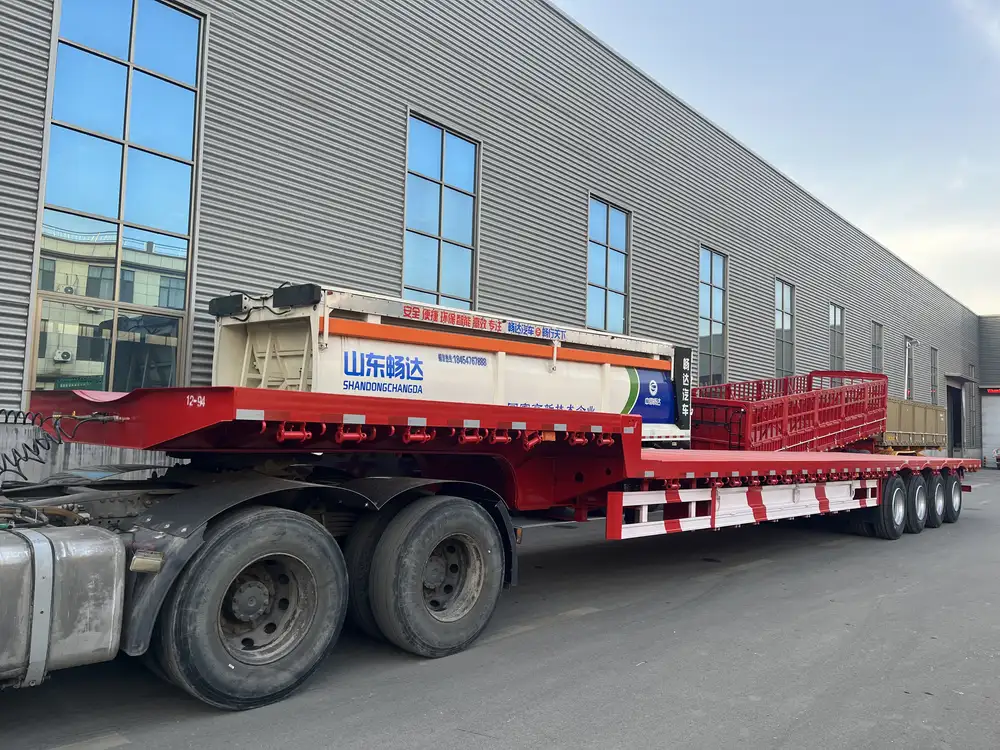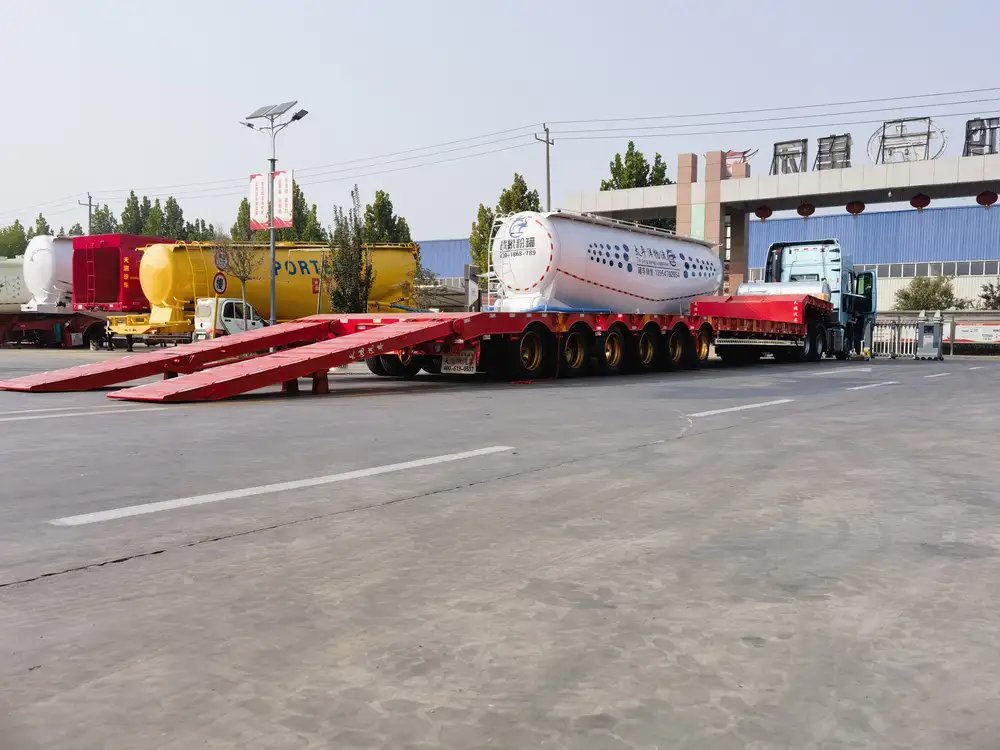As the logistics industry continues to evolve, understanding the documents and systems that ensure efficient operations is paramount. One critical component that often gets overlooked is the manifest, especially in relation to semi-trailers. This comprehensive article delves deep into what a manifest is, its significance, components, and how it contributes to the smooth functioning of freight transportation.
What Is a Manifest?
A manifest is a vital record used in the shipping and transportation sector that provides a detailed list of cargo being transported. Specifically for semi-trailers, the manifest serves as an essential document that accompanies shipments and manifests itself in various forms depending on the type of cargo, mode of transportation, and regulatory requirements.
Key Characteristics of a Manifest:
- It is a legal document.
- Acts as a receipt for goods.
- Facilitates customs clearance.
- Provides essential information for logistics management.
Importance of a Manifest in the Logistics Supply Chain

1. Legal Compliance
One of the primary reasons for using a manifest is to ensure legal compliance. Transportation regulations can vary greatly across different jurisdictions and industries, and failure to adhere to them can lead to significant penalties. The manifest helps drivers demonstrate that their load complies with local laws and regulations.
2. Tracking and Accountability
A detailed manifest helps in tracking shipments, thereby enhancing accountability throughout the shipping process. Each entry on the manifest corresponds to physical goods, and any discrepancies can be quickly identified, reducing the risk of loss or theft.
3. Streamlining Customs Procedures
For international shipping, a manifest is indispensable as it facilitates customs clearance. Customs officials rely on manifests to understand what is being transported, assisting in the identification of goods that may be subject to restrictions or additional taxes.

4. Determining Freight Charges
The information contained within a manifest can also determine shipping costs. Carriers will refer to the specifics detailed in the manifest to calculate the freight charges based on dimensions, weight, and type of goods.
Components of a Semi-Trailer Manifest
A well-structured manifest will typically include the following details:
| Component | Description |
|---|---|
| Bill of Lading Number | Unique identifier for the shipping agreement |
| Shipper Information | Details about the sender, including name and address |
| Consignee Information | Details about the receiver, including name and address |
| Item Description | Description of goods (e.g., type, quantity, weight) |
| Hazardous Materials | Indication if any items are hazardous |
| Shipping Date | Date the shipment is dispatched |
| Delivery Date | Expected delivery date |
| Route Information | Travel route from origin to destination |
Types of Manifests in Cargo Transportation

1. Detailed Manifests
Detailed manifests provide exhaustive information about each item in the shipment. This includes specifics like individual item numbers, condition, and contents of packages.
2. Abstract Manifests
An abstract manifest consolidates essential information, summarizing data for multiple shipments under one header. This is useful for bulk haulage where several similar items are shipped together.
3. Electronic Manifests
With the advent of technology, electronic manifests have gained popularity. These digital documents are easier to manage and can be instantly updated, reducing the chances of human error.

4. International Manifests
International manifests cater to global shipments that pass through multiple customs. They must adhere to international regulations and typically contain comprehensive details to facilitate customs processes in every country of transit.
Organizing a Manifest: Best Practices
Creating a manifest may seem straightforward, but ensuring accuracy and thoroughness is key to avoiding complications. Here are some best practices:
Use a Standardized Format
- Employ templates to maintain uniformity in reports.
- Ensure compliance with industry standards to expedite processing.

Maintain Accuracy
- Conduct regular checks to verify the accuracy of data.
- Cross-reference shipment details with original orders to avoid discrepancies.
Implement Digital Solutions
- Leverage software applications that can automate the creation of manifests.
- Use cloud services for real-time updates and access by multiple stakeholders.
Common Issues and Solutions Related to Manifesting
While manifests are essential, the process of creating and managing them can sometimes lead to complications. Here are common issues along with potential solutions:

1. Data Entry Errors
Issue: Human error during data entry can lead to discrepancies between the manifest and the actual cargo.
Solution: Implement double-check procedures and use digital input methods to minimize manual entry.
2. Missing or Incomplete Information
Issue: Incomplete manifests can hinder customs processes or delivery.
Solution: Before dispatch, cross-check manifests against shipment contents to ensure all required fields are completed.
3. Compliance Issues
Issue: Non-compliance with regulations can lead to hefty fines and delays.
Solution: Stay informed about local and international regulations. Regular training sessions for staff can help keep everyone compliant.

4. Delay in Accessing Information
Issue: Difficulty in retrieving manifest information can slow down logistics operations.
Solution: Utilize a centralized digital system that allows for real-time tracking and easy access to documentation.
The Future of Manifests in the Transportation Sector
As technology progresses, the traditional methods of handling manifests will likely evolve. Here are some trends that may shape the future of manifests in semi-trailer operations:
1. Increased Automation
Automation is set to take center stage, with algorithms programmed to generate manifests automatically upon order placement.

2. Blockchain Technology
Blockchain offers an immutable record of transactions that enhances transparency across the supply chain. As such, manifests secured through blockchain could reduce incidences of fraud and disputes.
3. Integration with IoT
The Internet of Things (IoT) can facilitate real-time tracking of shipments. Imagine a scenario where a manifest is automatically updated as goods are loaded and unloaded.
4. Enhanced Data Analytics
With the rise of big data, analytics can provide groundbreaking insights into shipping practices and inventory management, allowing for more informed decision-making.

Conclusion
In summary, the manifest plays a crucial role in the efficient operation of semi-trailer freight transportation. This document not only meets legal obligations but also facilitates logistics, tracking, compliance, and customer satisfaction. By understanding its components, best practices, and future trends, businesses can better their operations, paving the way for enhancements in efficiency and reliability in cargo transportation.
Whether you are a seasoned logistics professional or a newcomer to the field, grasping the intricacies of a manifest is an invaluable part of your operational toolkit. Adopting innovative approaches and technologies will only augment the benefits derived from this essential document, propelling your logistics strategies to new heights.



